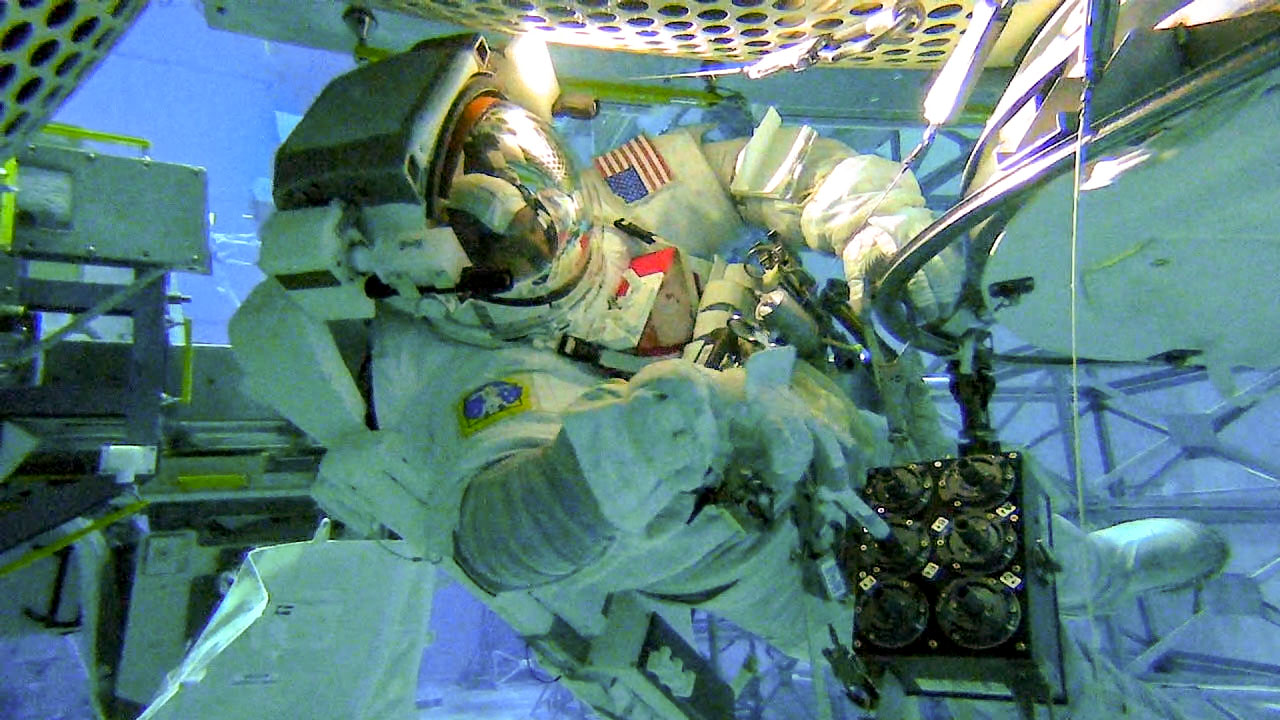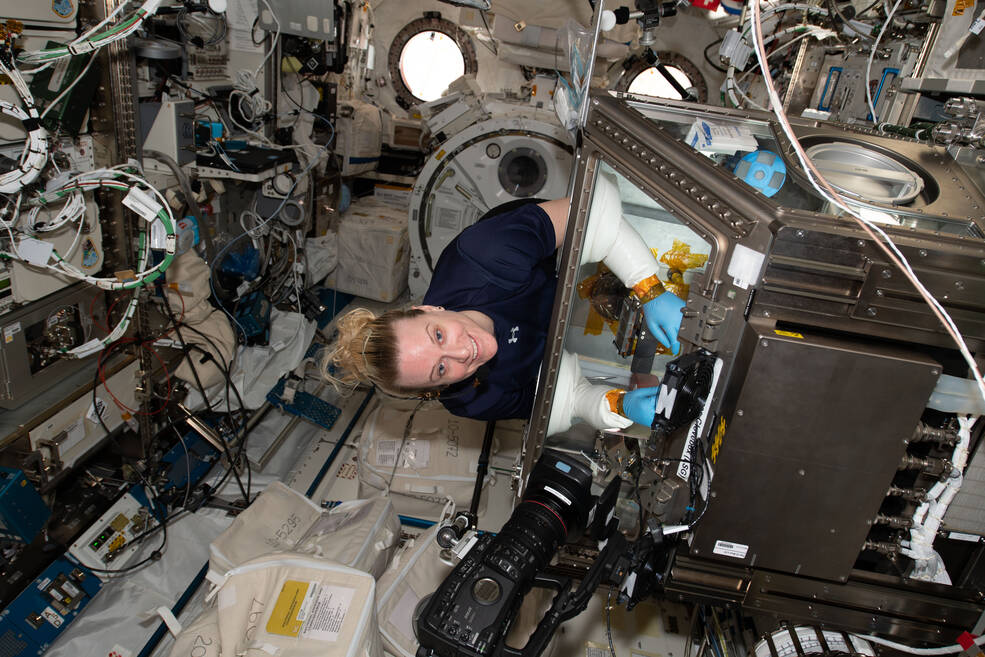SpaceX Crew-7 astronauts will handle over 200 science experiments on ISS
The international crew members will be hard at work during their time in space.

SpaceX is poised to launch its Crew-7 mission to the International Space Station (ISS) this week, ferrying four people who will continue ongoing research aboard the orbital lab. The launch, which will include a SpaceX Falcon 9 rocket and the Crew Dragon Endurance spacecraft, is set for August 25, at 3:50 a.m. EDT (0750 GMT).
Crew-7 consists of a rather diverse bunch, with representatives from four different space agencies — NASA astronaut Jasmin Moghbeli, European Space Agency (ESA) astronaut Andreas Mogensen, Japan Aerospace Exploration Agency (JAXA) astronaut Satoshi Furukawa and Russian space agency (Roscosmos) cosmonaut Konstantin Borisov.
The quartet's stay will overlap with SpaceX's Crew-6 mission for about a week, as members with the latter wrap up their own rotations aboard the ISS and return to Earth. Crew-7 will pick up the baton of Expedition 69, which will formally transition to Expedition 70 in mid-September after the arrival of three more crew members aboard a Russian Soyuz spacecraft.
Crew-7 will either continue or start work on more than 200 science investigations, each of which varies in scope and focus.
NASA recently highlighted some of the experiments Crew-7 will be involved with in a post on the agency's website. These include studies involving microorganism samples on the exterior of the space station, experiments that look at microgravity's effect on the human sleep cycle, research about microbial growth on stainless steel surfaces (like those in the station's water systems) and a series of observations that help track astronauts' physical and psychological responses before, during and after their tenures in space.
Related: SpaceX Crew-7 astronauts arrive in Florida ahead of Aug. 25 launch (photos, video)
For the ISS External Microorganisms investigation, astronauts will collect samples released from exterior vents of the station's life-support systems. Researchers on Earth plan to analyze those samples' DNA to determine how varied they are in number as well as how far they were able to travel across the outside of the ISS, in the vacuum of space.
Get the Space.com Newsletter
Breaking space news, the latest updates on rocket launches, skywatching events and more!
This information is meant to help scientists construct simulated environments to see how similar microorganisms may behave on the moon and Mars as future deep space missions aim to reduce terrestrial contaminants.
Taking a look at bacteria inside the space station, the Bacterial Adhesion and Corrosion investigation will study the accumulation of multiple-species bacteria communities, called biofilms, on stainless steel surfaces similar to those used in the station's water systems.
Observations of the biofilms' ability to accumulate and corrode these types of steel surfaces will help researchers increase biofilm control on long-duration spaceflights, thus improving sanitation protocols for onboard components that experience frequent use during crewed spaceflight missions.

The Sleep in Orbit study from ESA uses a novel electroencephalogram (EEG) that fits in the ear to measure brain activity during sleep. Normally, EEGs require a network of wires attached across someone's head in order to measure electrical signals in the brain. The new earbud EEG was developed by the Center for Ear-EEG at Aarhus University, in Denmark, and is meant to be less intrusive for the astronauts as they sleep.
Differences between sleeping on Earth and aboard the ISS can have an adverse effect on sleep cycles for astronauts, which in turn effects quality of life and ability to work and function properly. Weightlessness, artificial lighting and constant noise of the space station's life support systems all contribute to difficulties in the body's ability to sleep effectively.
Readings taken of the astronauts on Earth will be compared to the same measurements taken during their time aboard the ISS. Using these data, Sleep in Orbit researchers hope to develop strategies to curb poor sleep and inform practices to improve astronauts' wellbeing during short- and long-duration missions.
Not only is the toll that space and microgravity take on the human body extensive, but also exacerbated exponentially with the amount of time astronauts spend in that environment. The human body living in weightlessness experiences loss in bone density and muscle mass, internal fluidic shifts and a deterioration of eyesight. Research aboard the ISS has focused on these issues throughout the lab's more than two decades on orbit, and is a crucial component in the success of humanity's future deep-space endeavors.
The Complement of Integrated Protocols for Human Exploration Research (CIPHER) is a set of 14 experiments purposed to examine extended lengths of time in space.
Astronauts will routinely provide test samples and measurements for comparative analysis with readings acquired before and after their spaceflight. Researchers hope the ongoing investigation will contribute to developing methods that ultimately mitigate the body's reaction to microgravity.
This story was updated at 8:15 a.m. EDT Aug. 24 to reflect a new launch time.
Join our Space Forums to keep talking space on the latest missions, night sky and more! And if you have a news tip, correction or comment, let us know at: community@space.com.

Josh Dinner is the Staff Writer for Spaceflight at Space.com. He is a writer and photographer with a passion for science and space exploration, and has been working the space beat since 2016. Josh has covered the evolution of NASA's commercial spaceflight partnerships and crewed missions from the Space Coast, as well as NASA science missions and more. He also enjoys building 1:144-scale model rockets and human-flown spacecraft. Find some of Josh's launch photography on Instagram and his website, and follow him on X, where he mostly posts in haiku.









